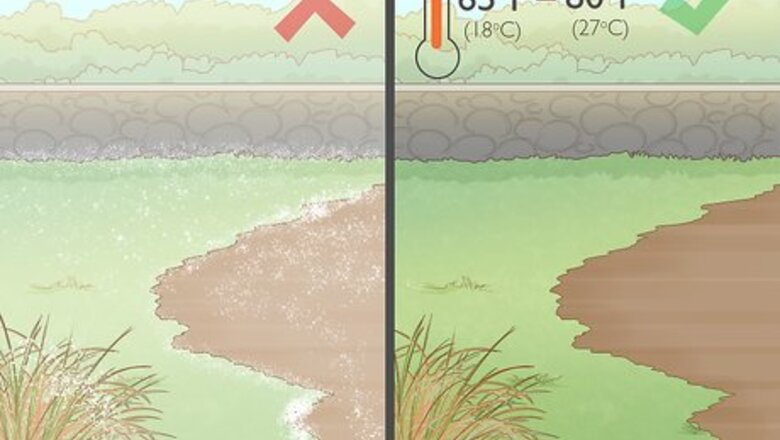
views
Planting the Beans
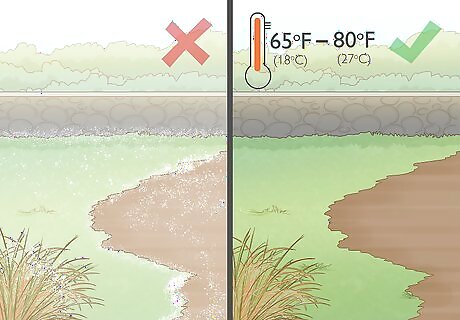
Plant the beans after the last frost in the spring. Kidney beans grow best when the weather gets warmer and the ground stops frosting. When the temperatures stay between 65 °F (18 °C) and 80 °F (27 °C) for a few days and the signs of frost are over, it’s time to plant your beans. If there happens to be a frost that wasn’t expected, cover up the seedlings using straw to help protect them.
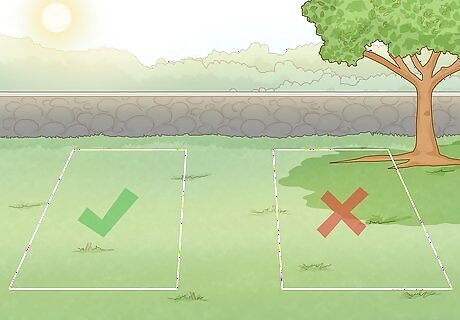
Choose a spot in your garden with full sunlight. Kidney beans love the sun and should be placed in a spot that receives as much sunlight as possible. Choose a spot in your yard that isn’t shaded by trees, bushes, or fences. While you can plant a kidney bean in a 12 in (30 cm) pot, they grow best outdoors because they don’t transplant well, and it takes many bean plants to produce enough beans for 1 person.
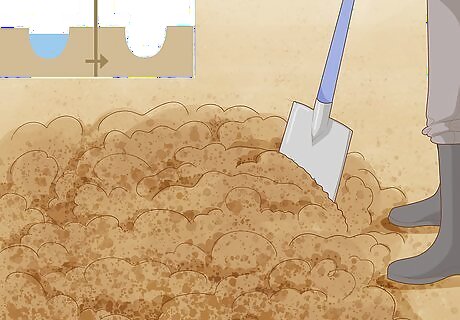
Use loose, well-draining soil to plant the beans. If the soil in your garden already drains well and is fertile, great! If not, pick up a well-draining soil from your local hardware store or nursery that’s nutrient-rich and use this to plant your kidney beans. Mix manure or compost into your soil to create a nutrient-rich environment, if desired. Soils sold at home improvement stores or nurseries will be well-draining. If the spot you’ve chosen collects water when it rains, it’s not well-draining.
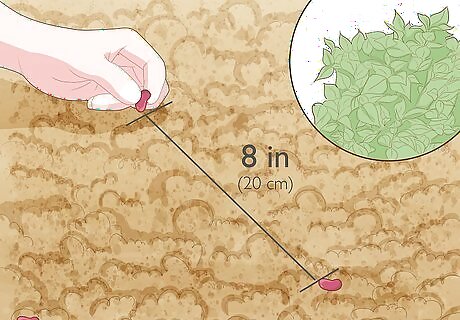
Space the beans 8 in (20 cm) apart in the soil if they’re a bush variety. If your kidney bean is of a bush variety, that means that it will grow into a bush plant and will take up a fair amount of space. Place these kidney beans in the soil 8 in (20 cm) apart so they have plenty of room as they grow. The package of bean seeds will tell you if your beans are a pole or bush variety if you're not sure.
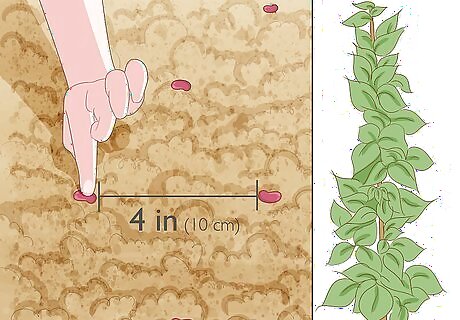
Leave 4 in (10 cm) in between the beans if they’re a pole variety. Kidney beans that grow on a pole or vine will take up less space than bush varieties, so you only need to place the beans 4 in (10 cm) apart in the soil. As these beans start to grow, put a stake or trellis in the soil so that the vining plant will have something to hold onto as it gets taller. Make your own trellis using wood if desired.
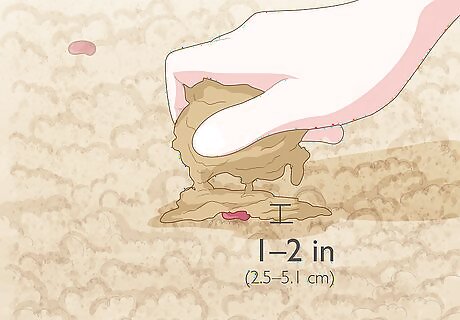
Cover the beans with a 1–2 in (2.5–5.1 cm) layer of soil. Your kidney beans need to be placed at least 1 in (2.5 cm) deep in the soil for them to begin growing. Either cover your beans with a layer of soil after setting them on the ground, or dig a small hole with your finger that’s 1–2 in (2.5–5.1 cm) deep to set them inside.
Caring for the Beans
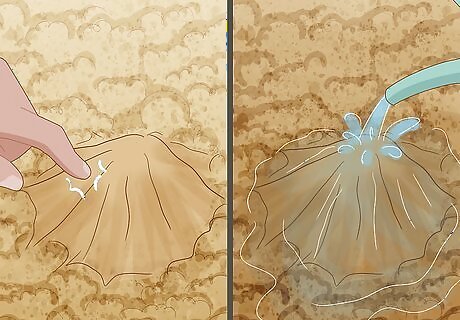
Wait for the top layer of soil to dry out before watering the beans. Kidney beans won’t grow well if they’re constantly sitting in water. When the top layer of soil has completely dried out, it’s time to water the roots again. The beans will need the most moisture as they’re going through germination to grow their roots, which takes about 10-14 days. During this time, watch the soil carefully to make sure it doesn’t dry out too much. Touch the soil with your fingers to see whether it’s dry or not.
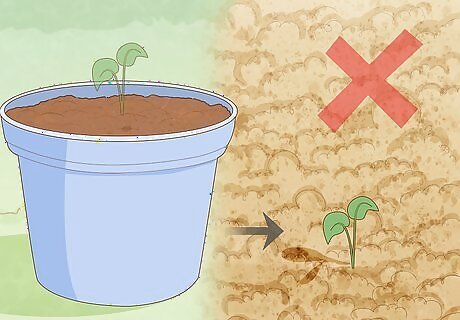
Avoid transplanting the kidney bean plants. Kidney beans tend to die if they're started in a pot and then moved to another space. To avoid this, keep them in the same spot in your garden or in the same large pot so they continue to thrive and grow. If you just want to grow 1 kidney bean plant, choose a pot that's at least 1 ft (30 cm) in diameter.
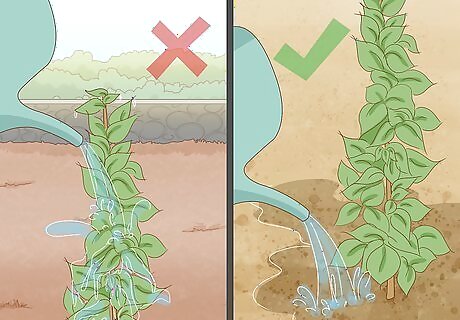
Keep the stem and leaves dry to avoid any fungal diseases. When you go to water the plant, avoid pouring the water on top of the leaves and stem. If these parts of the plant stay wet, it’s more likely that they’ll grow an unwanted fungus. Water the kidney bean plant in the morning instead of in the evening or at night so the sun has time to dry the plant. If your plants grow a white mold on them or begin to rot, it's best to start growing new ones.
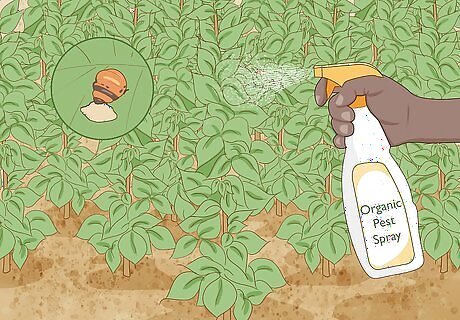
Use an organic pest spray if bugs are eating the leaves. Pests like aphids, slugs, and beetles may try to nibble on your kidney bean plant’s leaves. To keep them away, purchase an organic pest control that’s safe for your kidney bean plant from your local garden or hardware store. Follow the instructions that come with your specific pest control to apply it properly. If squirrels, deer, or rabbits become pests, keep them out with fencing or netting.
Harvesting and Storing Kidney Beans
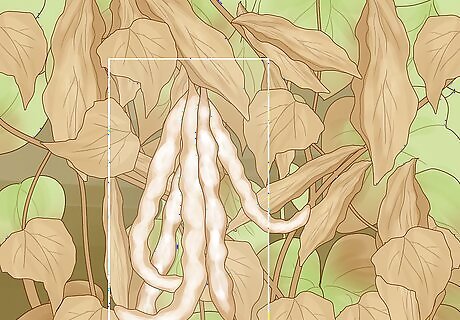
Wait for the beans to turn brown and dry out before picking them. Once the shell turns brown and the beans have completely dried, they’re ready to be plucked off the plant. If the plant is still green, it’s not ready quite yet. If it’s going to rain, move the beans into a dry shed or garage so they can keep drying out. Kidney beans are only harvested once at the end of their growing season.
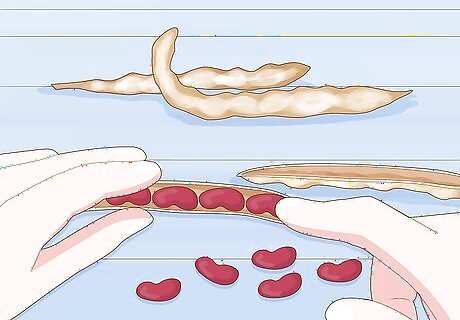
Shell the kidney beans to remove the outer casing. Crack the shell open into 2 separate pieces using your fingers. Once it’s opened, place the beans into a container and discard the shells. Press on the beans to make sure they’re hard and dry. Whether the kidney beans are white, red, or another color, they're harvested by removing the shell from the beans.
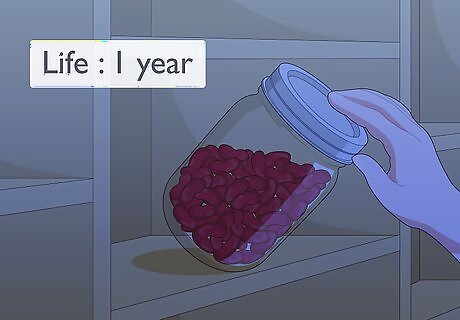
Store the kidney beans in a cool, dark place for up to 1 year. Put all of your kidney beans in a sealed container to make sure nothing gets into them. Place them out of the sunlight and heat somewhere like a pantry or cupboard.
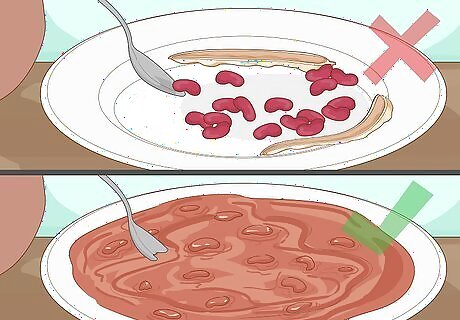
Avoid eating the kidney beans uncooked. Uncooked kidney beans are poisonous and can seriously harm your stomach. Boil them in water for 10 minutes so they're cooked before eating them. What makes raw kidney beans so toxic is something called "phytohaemagglutinin," also known as kidney bean lectin. Red kidney beans have the largest amount of the toxin in them.



















Comments
0 comment